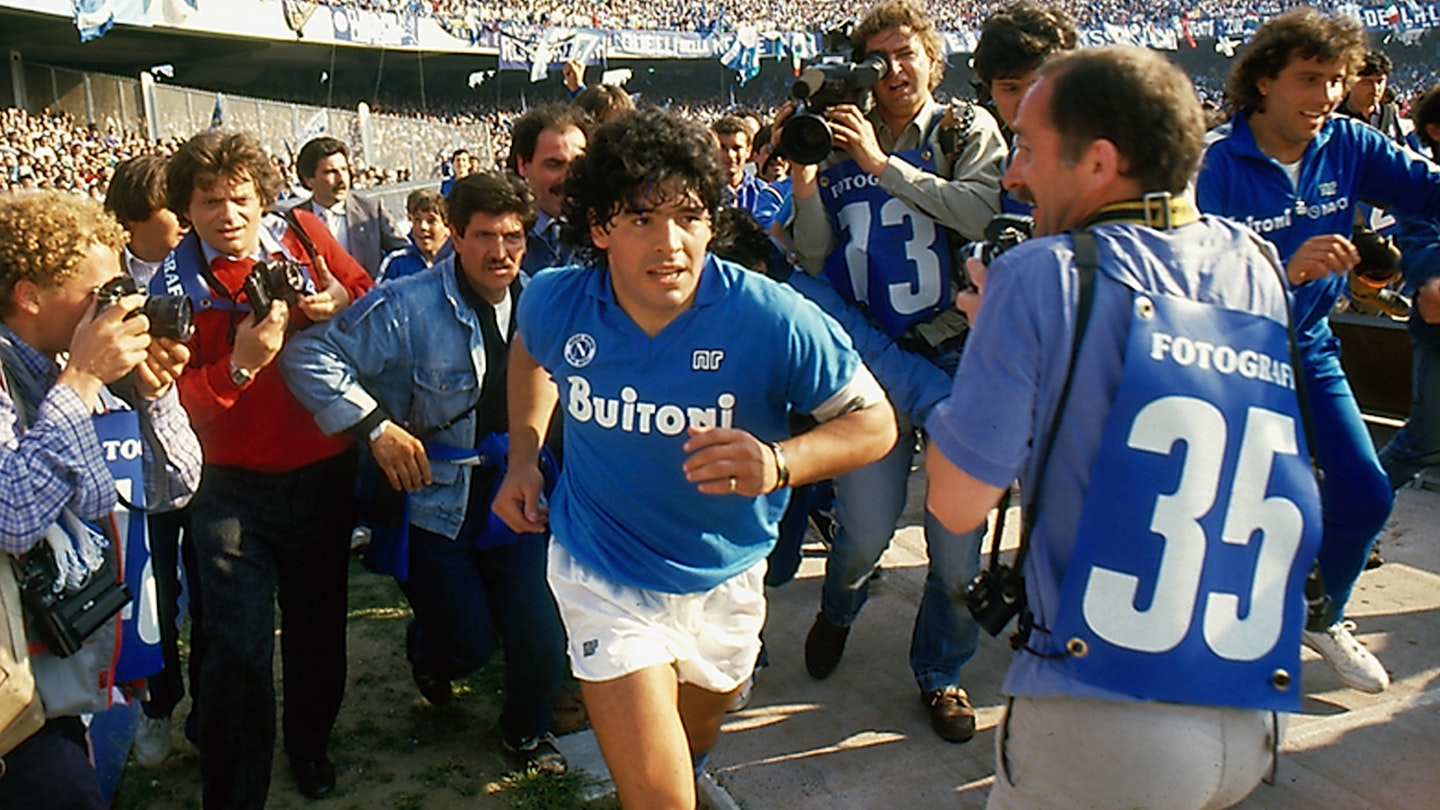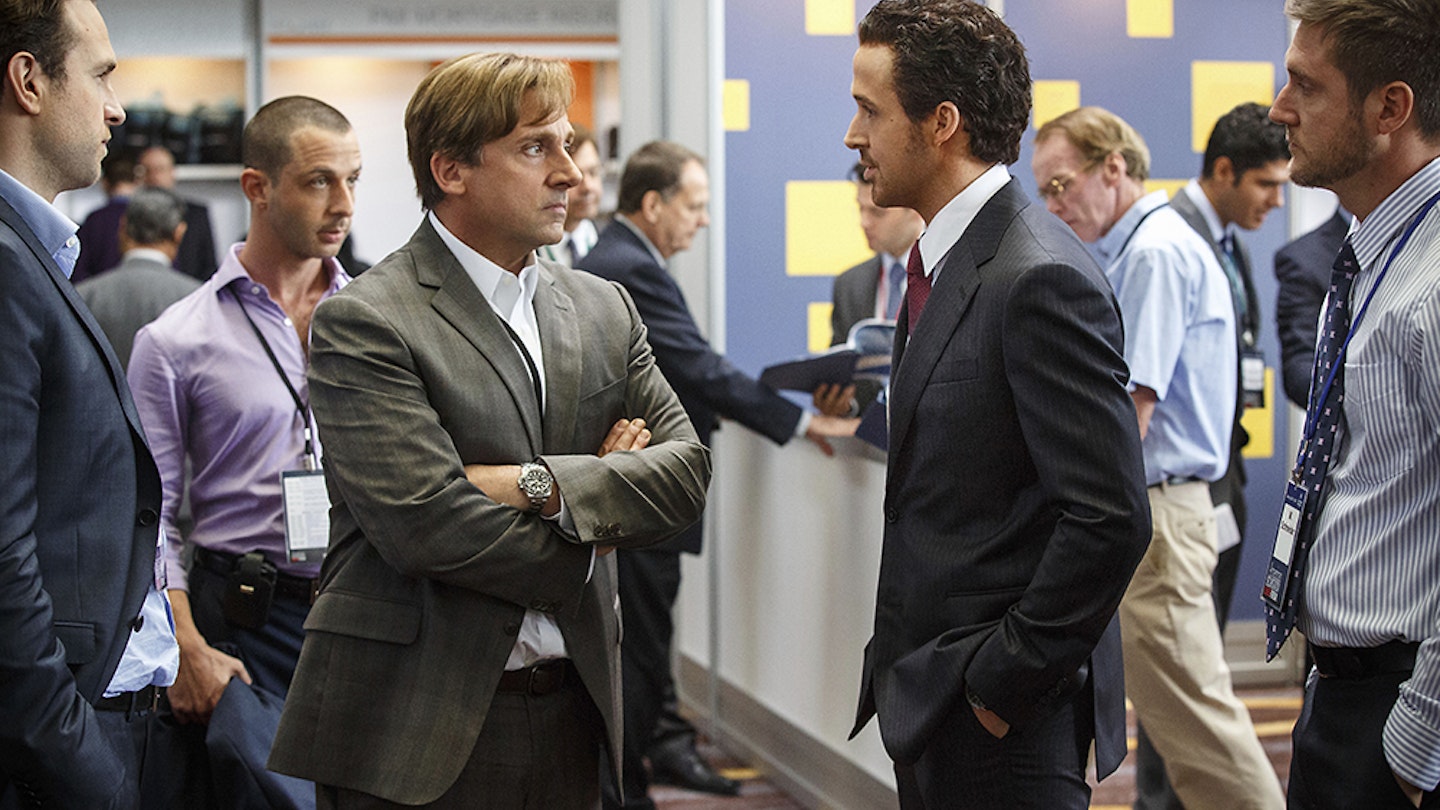A soul musician with rock lifestyle, Amy Winehouse sold as many newspapers as records during her brief, dazzling, chaotic career. Preconceptions that built up around her had her as a Keef-style party animal, lurching from one PR disaster to another while those around her frantically strained to hold her career together. As with Senna, Asif Kapadia peels away all that with a forensic eye, revealing a far richer, more complicated character than the headlines ever implied.
Bolstered by remarkable home-video footage and two years of painstaking research, his documentary is more than just a cautionary tale about a hard-living Icarus who flew too close to The Sun. From a breathy teenage rendition of Moon River caught on camcorder, we see her journey from Southgate to the Grammys, a stratospheric ascent in which she was an often unwilling passenger. “I don’t think I’ll be at all famous,” a young Winehouse is shown laughing. “I’d go mad.”
But famous she became, and the story that unfolds is dizzying, touching and often uncomfortable to witness. With flashbulbs exploding like shells in a war movie, Kapadia plunges us right into the heart of the storm, ensuring a sense of sticky complicity as the increasingly frail, often bewildered singer begins to crumble. The innocent, freewheeling Winehouse finds herself ever-further from her beloved jazz clubs and childhood friends, self-medicating and self-destructing with husband Blake Fielder-Civil.
It’s almost a fairy tale in reverse, except here the ugly sisters are red-topped and the prince is a drug addict with a stretch in Armley Jail ahead. It’s little surprise that her dad, Mitch Winehouse, has since distanced himself from the film. His depiction as an unwittingly malign, often mulish influence in his daughter’s hour of need makes difficult viewing. In one heart-in-throat moment, she’s bundled off her sofa and onto a private jet for a Belgrade gig at which she can barely even perform upright.
If interviews with Mitch, Blake and several others would make interesting bonus material in a film that treats none of them kindly, Kapadia’s light touch allows viewers to draw their own conclusions as the slow-motion tragedy unfolds. There’s even a third way: just sit back and enjoy the music.







